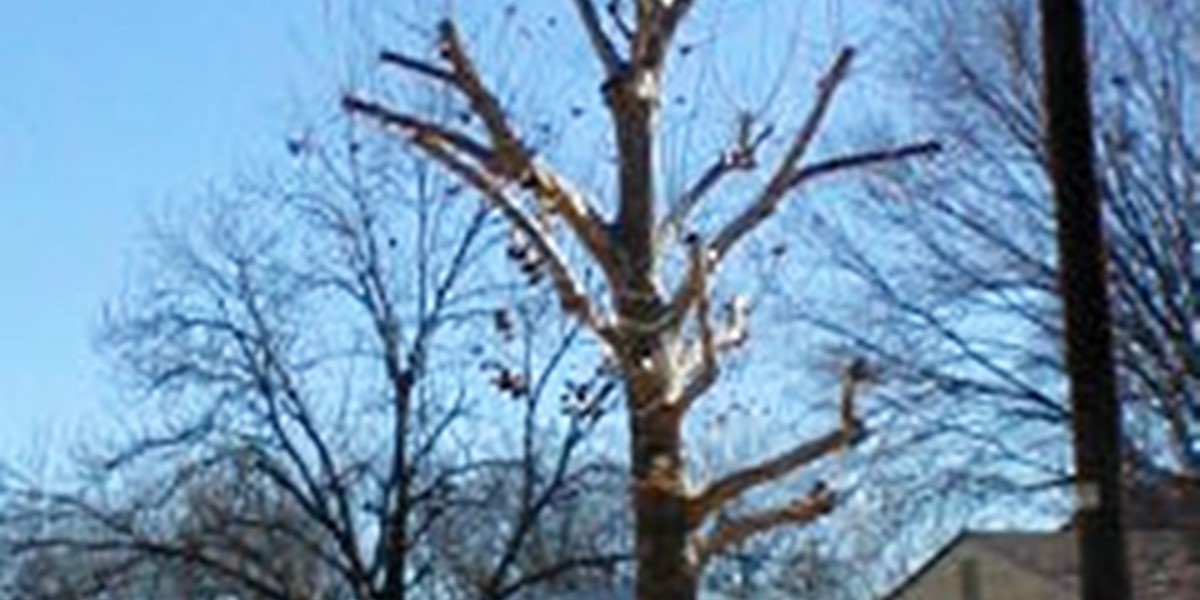

Published February 22, 2011 By STEVE HOUSER
Management/Pruning
In managing Oak Wilt, the when and how to prune is a “hot potato” issue that certainly requires clarification. Researchers and governmental agencies often develop disease-management recommendations based on what is best for the entire state. They speak to the layperson. Unless you are very knowledgeable on the subject, you are well-served to follow their advice. However, the details of when and how to safely prune a tree in a specific region where a threat of Oak Wilt exists, includes many variables. A few of these variables include the specific condition of a region’s forest — both urban and rural, the ratio of infected trees to healthy trees, or the distance between the location of a healthy tree and the nearest infected tree or trees. As a result, experts around the state tend to develop different local or regional standards, which may conflict with statewide standards. What works in Austin may not work in San Antonio or the Dallas Fort Worth area. Are you confused yet?
Since existing research goes only so far in providing answers, interpretations of how the research should apply to practicing arborists around the state may differ. Add the fact that arborists around the state can be slightly opinionated, and things can become quite controversial. On second thought, scratch the "slightly" part!
Since articles in this publication are geared toward the general public, and the topic is complex, with varying opinions, it is important to note only the generally accepted standards that help to reduce the spread of Oak Wilt. The standards are currently under review by professionals, researchers, and governmental agencies. They could change. If you are not sure what to do, follow the guidelines below, or consult with someone who has specific training and regional experience in managing Oak Wilt infections.
- In general, avoid pruning or wounding living tissue on all oaks from February through June. The exact dates may vary according to regional conditions. Some wounding, such as wind and hail damage, or squirrels chewing on the bark of limbs, is unavoidable. There are legitimate reasons to prune in the spring. Examples include the removal of hazardous limbs for public safety, limbs that do not conform to city clearance standards, and limbs rubbing on a structure. If pruning is done properly, oaks can be pruned at any time of year.
- Paint pruning cuts or fresh wounds that affect live tissue immediately. This even includes the remaining stump of a tree in the Red Oak group. Use a wound dressing or latex paint. Wound dressings will be addressed in a future article. For now, avoid thick tar paints and apply only a thin layer of material. Without mentioning a product name, one wound dressing is reported to contain more natural products. Note that, with very few exceptions, painting wounds on all other tree species is not recommended.
- If you are unsure of the risk of spreading the disease, good sanitary practices include sterilizing all pruning tools before work begins. Sterilizing materials can include a simple mix of ten percent chlorine bleach and water. Oil the tools afterward to prevent potential rust accumulation. Commercial materials are also available — or you can use 190-proof alcohols. However, this seems to be a waste of good resources.
- Any debris from trees in the Red Oak group should be chipped, burned, buried, or covered with plastic, as previously noted.When pruning, always make proper cuts (see previous article: http://neilsperry.com/articles/2010/09/29/texas-tree-tips.html), and avoid removing more than 20 percent of the foliage in any given year.
- Never “top” any species of shade tree.
Those who are knowledgeable about Oak Wilt may not always appear to be following the standards noted above. However, this should not lead to the conclusion that they are being irresponsible. Their actions may well be justified by research, local conditions and experience.
The simple act of pruning does not create the only opportunity for infection. Wounds created by any source, including lawn mowers and line trimmers, also offer an opportunity for the disease to spread overland. However, the number of Oaks that are infected and killed each year from overland transmission is considered minor compared to those infected by root-to-root contact. Are your fears subsiding yet?
To continue learning about Oak Wilt, click here for Part Four of this article.
